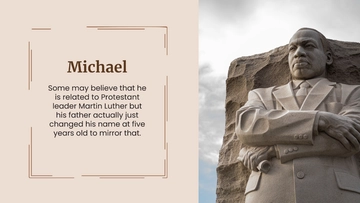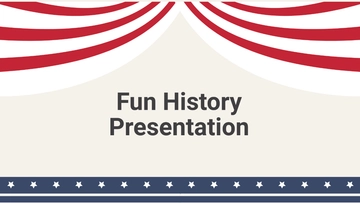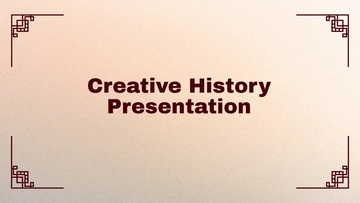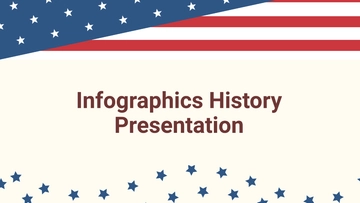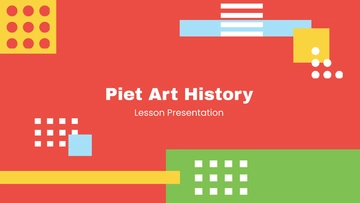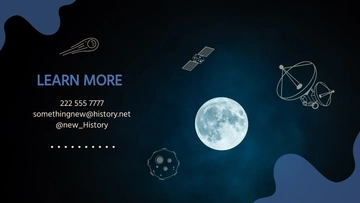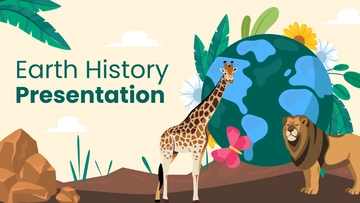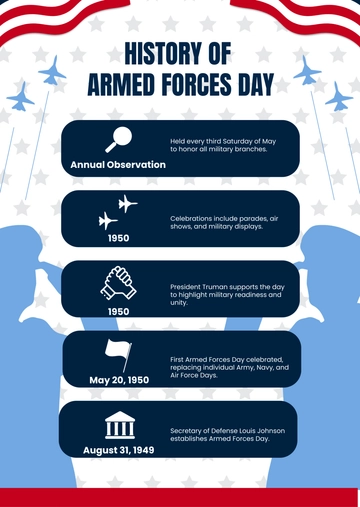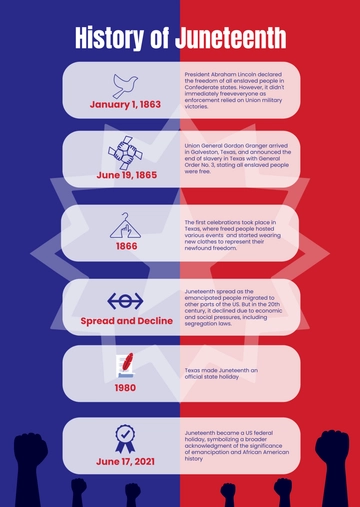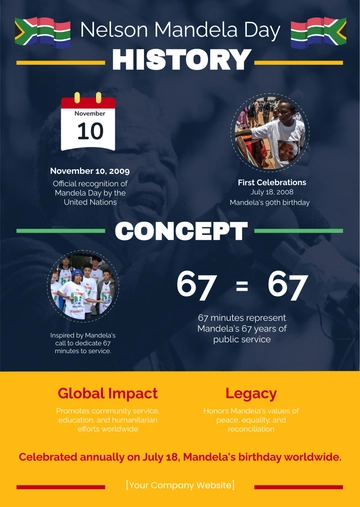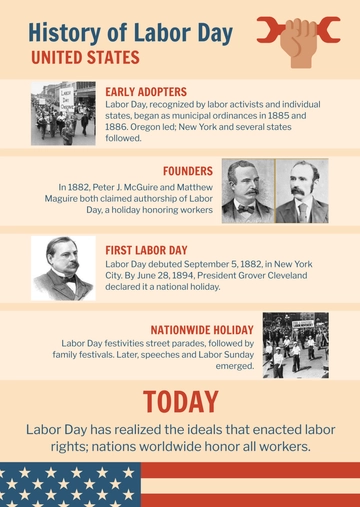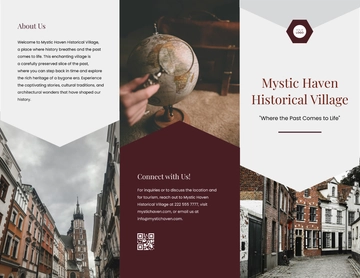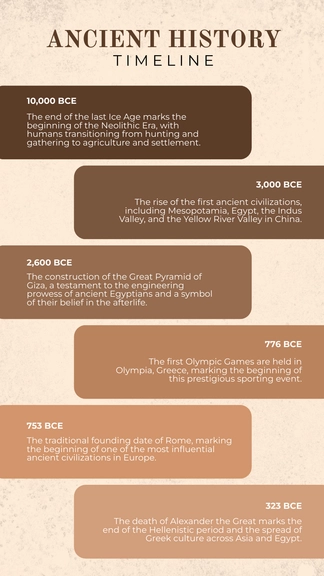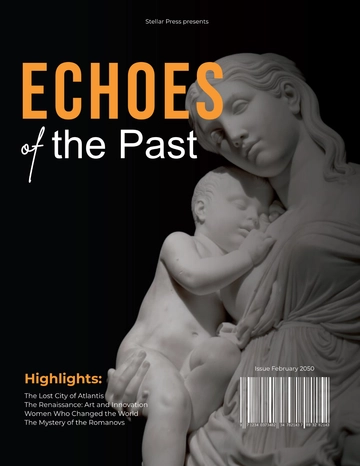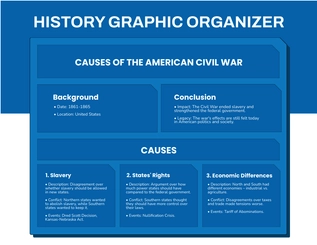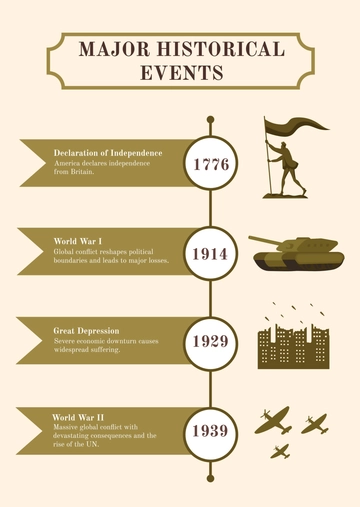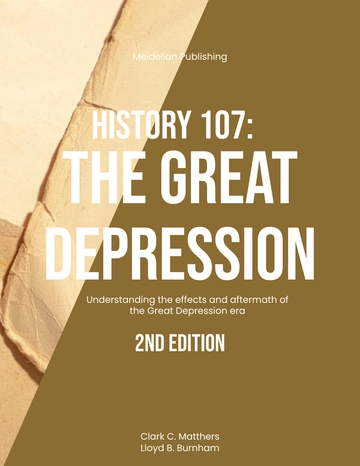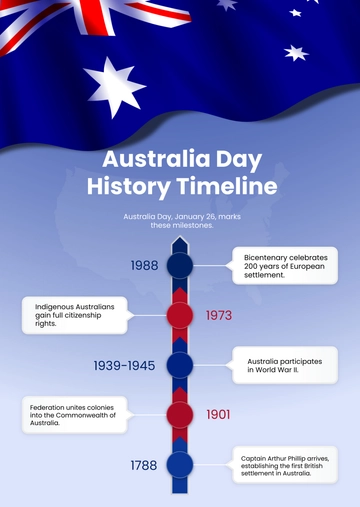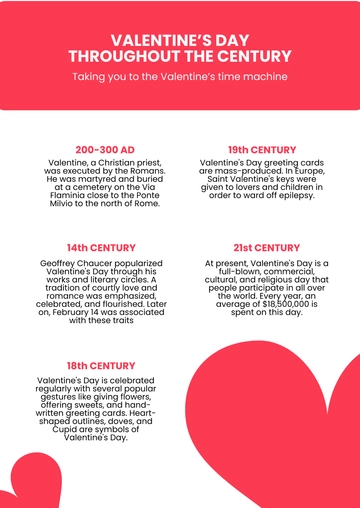Free Historical Ethnography
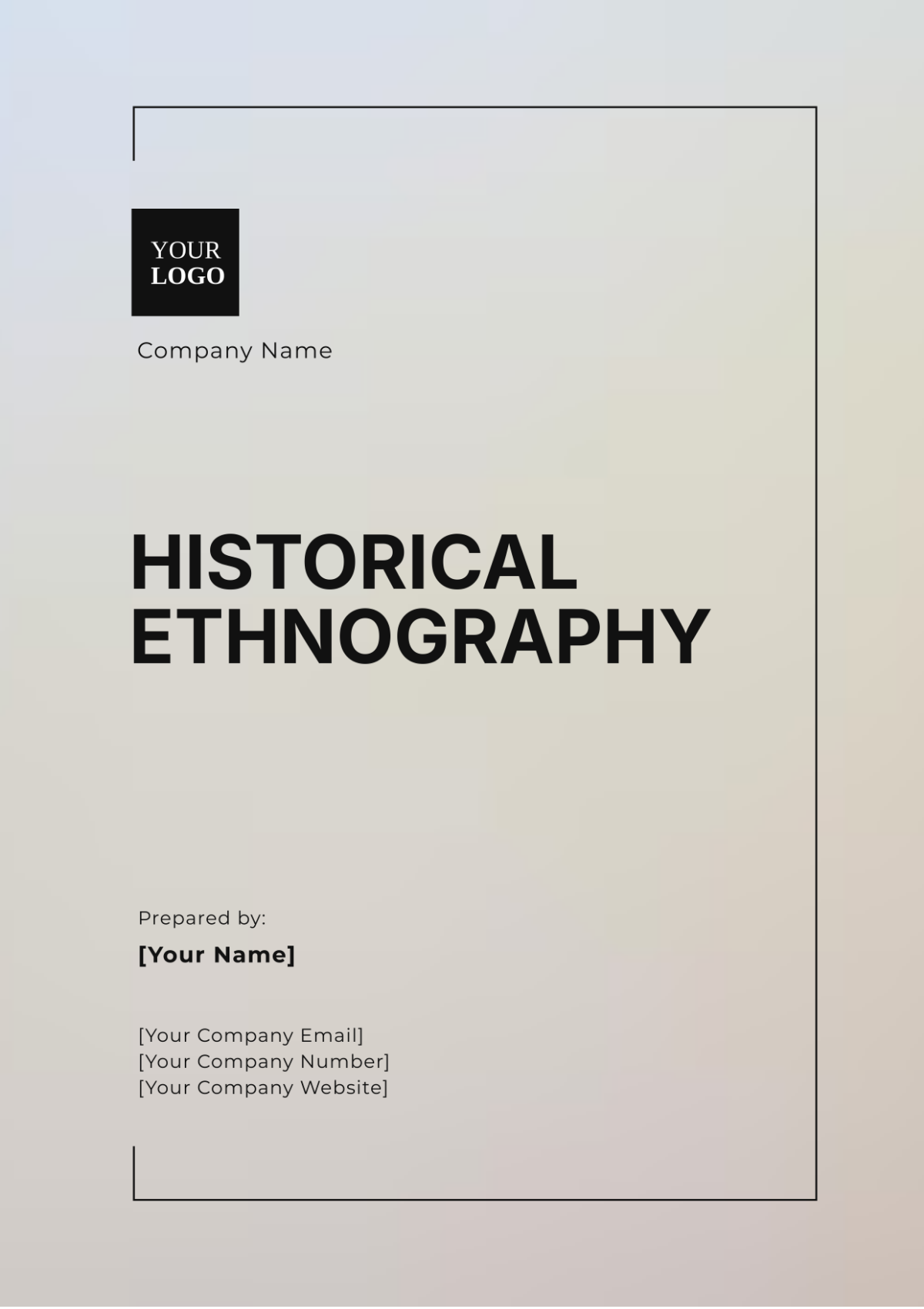
Title: Daily Life and Social Structures in 22nd Century Urban Societies
1. Introduction
Objective: This study investigates the evolution of daily life, social structures, and cultural practices in urban societies during the early 22nd century, focusing on the period from 2050 to 2099. It aims to understand how technological advancements and social transformations have redefined urban living.
Research Question: How have innovations in technology, shifts in social policies, and evolving cultural norms influenced the daily lives and social structures of urban populations in the early 22nd century?
2. Literature Review
Previous Studies: Analysis of seminal works on early 22nd-century urban life, such as Jones’s Urban Dynamics in the 22nd Century and Lee’s Technology and Society: 2050 and Beyond. Includes reviews of academic articles, policy papers, and futuristic projections that offer insights into societal changes.
Theoretical Framework: Integration of contemporary sociological theories, technological impact assessments, and cultural evolution models to provide a comprehensive understanding of the period under study.
3. Methodology
Data Collection: Utilization of a range of sources including digital archives, smart city analytics, social media records, and virtual reality simulations of urban environments from the period.
Fieldwork: Examination of urban infrastructure such as smart grids, automated transportation systems, and high-tech residential complexes. Field visits to key urban centers and interviews with residents through virtual platforms.
Analytical Approach: Employing mixed-methods analysis to integrate quantitative data (e.g., social metrics, economic indicators) with qualitative insights (e.g., personal narratives, cultural artifacts). Comparative studies with previous centuries to highlight transformative trends.
4. Historical Context
Background: Detailed overview of global and urban trends affecting society in the early 22nd century, including the impact of climate change, globalization, and advancements in AI and robotics.
Social Structure: Examination of contemporary social hierarchies, including the influence of technology on class distinctions, employment, and socio-economic mobility.
5. Findings
Daily Life: In-depth exploration of how daily routines have been transformed by technology, including changes in work-life balance, leisure activities, and social interactions facilitated by digital environments.
Social Practices: Analysis of evolving cultural norms and rituals, such as virtual ceremonies, digital festivals, and new forms of communal engagement enabled by technological innovations.
Occupational Roles: Study of emerging professions, the gig economy, and the reconfiguration of traditional job roles. Impact of automation and AI on employment patterns and Social Status.
6. Analysis
Interpretation: Critical evaluation of how technological advancements and shifting social policies have reshaped daily life and social structures. Discussion of patterns and anomalies in the context of historical continuity and change.
Comparative Insights: Comparison with late 20th and early 21st-century practices to elucidate major societal shifts and technological impacts. Identification of unique features of early 22nd-century urban life.
7. Conclusion
Summary: Comprehensive summary of key findings, highlighting significant transformations in daily life and social structures. Reflection on the implications for understanding future societal trends.
Implications: Consideration of how the insights gained contribute to the broader field of historical ethnography and future studies of societal evolution. Recommendations for further research and policy development.
8. References
Jones, A. (2051). Urban Dynamics in the 22nd Century. Future Scholars Press.
Lee, M. (2053). Technology and Society: 2050 and Beyond. Innovate Publications.
Additional sources include contemporary digital records, virtual interviews, and media reports from 2050–2099.
- 100% Customizable, free editor
- Access 1 Million+ Templates, photo’s & graphics
- Download or share as a template
- Click and replace photos, graphics, text, backgrounds
- Resize, crop, AI write & more
- Access advanced editor
Preserve cultural histories accurately with Template.net’s Historical Ethnography Template. Fully editable and customizable for detailed research, this template can be tailored to specific historical studies and is easily editable in our Ai Editor Tool.


